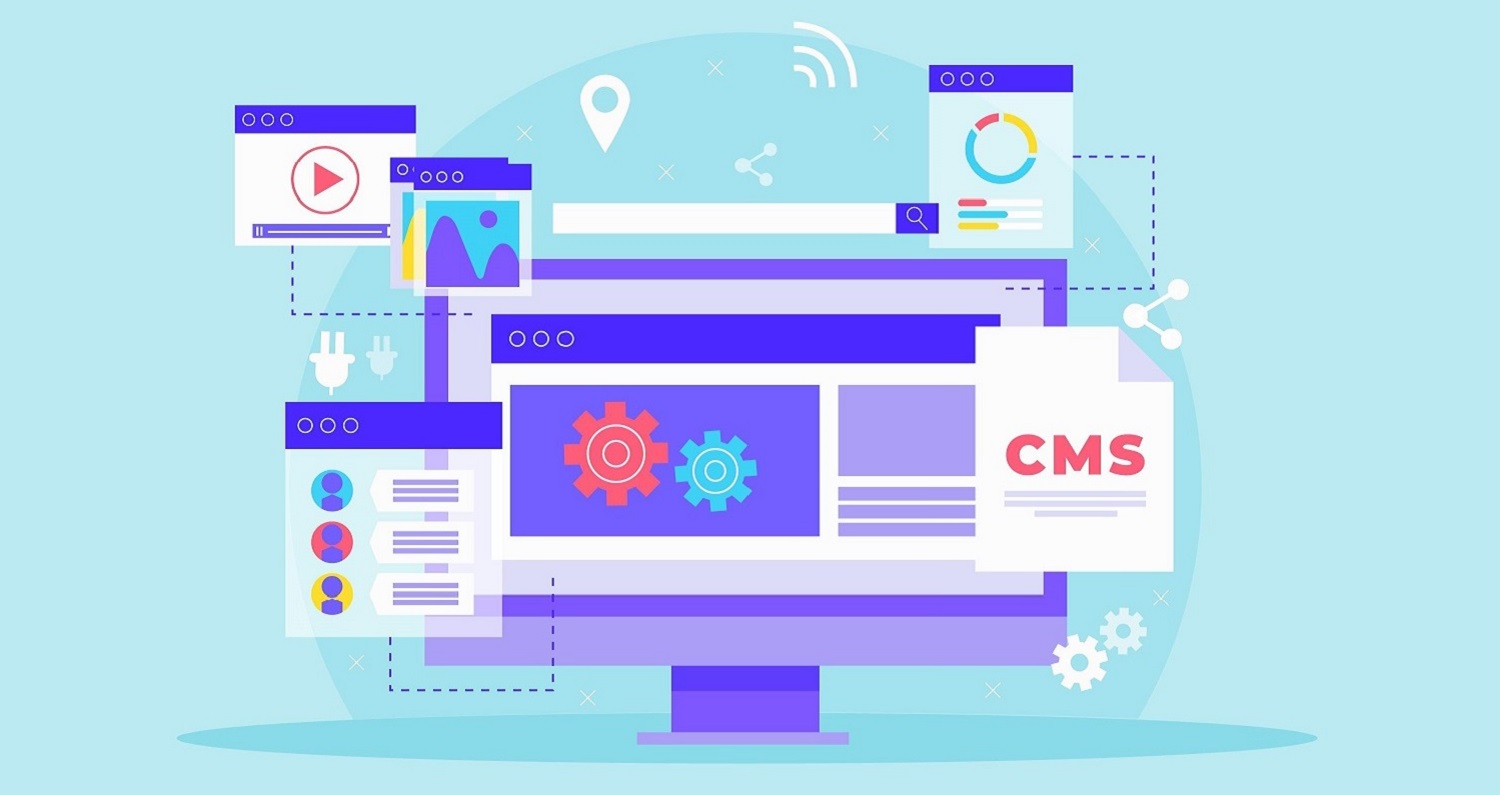With more people than ever before using all kinds of devices to access websites, how can you ensure your content can be seen as you would like?
Responsive websites are designed to scale when they are viewed on different devices, whether browsing on a full size computer screen, tablet or mobile device. There is little more annoying than having to rotate and enlarge a website when browsing on a mobile, and creating a responsive design can help keep people on your site no matter how they browse. Additionally, responsive websites allow content to be displayed how a user would prefer. Let’s take a look at three key features.
Adaptability is key
A flexible design is arguably the most important and beneficial aspect of a responsive website. A seamless user experience whether they visit your website on a full screen, tablets or mobile device gives your online presence a unified feel. If your website has not been optimised to do this, it is imperative that you address this, as the alternative is putting users off when they come to browse on a non-standard device. Help can be found from a trusty web design agency in London or any area near where your business is located, if you do not have a dedicated web development team.
Cross browser compatibility
Whilst the latest statistics show that Google Chrome is far and away the world’s most popular web browser, with 64% penetration in October 2019 (according to GlobalStats), it is vital that content is tested to ensure compatibility with other web browsers. Whilst Safari and the other browsers lag behind in the statistics, their combined users make up over a third of all web use. As well as helping users of the lesser spotted browsers, search engines love a fully browser compatible website.
Helps with SEO
If a website is not responsive, leading to either a terrible user experience on smaller screen devices or a mobile only rebuild, search engine optimisation can suffer. With double the amount of websites to maintain, developers will need to carry out all of the necessary SEO tasks on both sites, as well as the general maintenance. A responsive web design with defined rules about how content is displayed on different browsers and devices eliminates this workload, allowing the SEO to happen in a more comprehensive and ultimately successful manner.
Going further, a single URL optimisation ensures consistency within your URL structure. This helps when users wish to share links via social media, as each URL will work no matter the device and browser accessed on, helping to further develop user experience and drive more traffic to your pages. This in turn can help you rise through the search engine rankings and ultimately drive more income through your site.
For support with implementing a responsive site or for any other queries on SEO, browser compatibility, content generation or a total redesign, get in touch with a web design agency in London.















